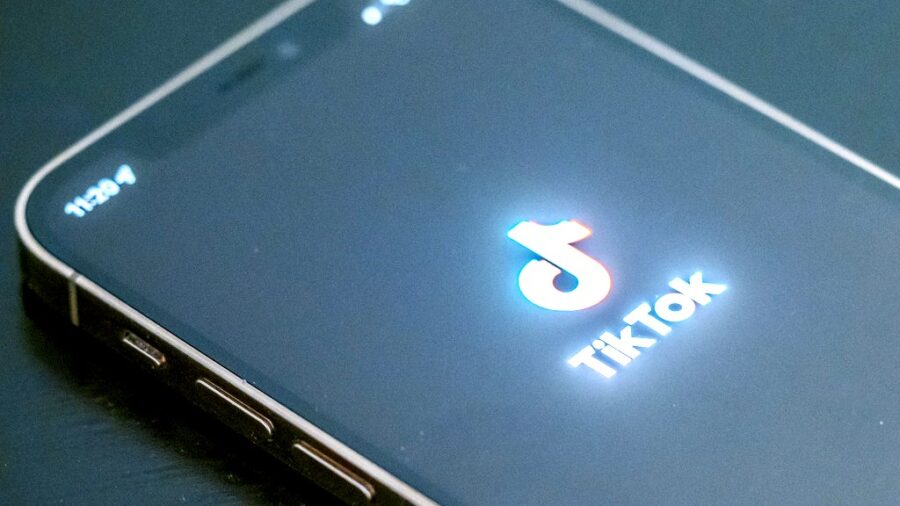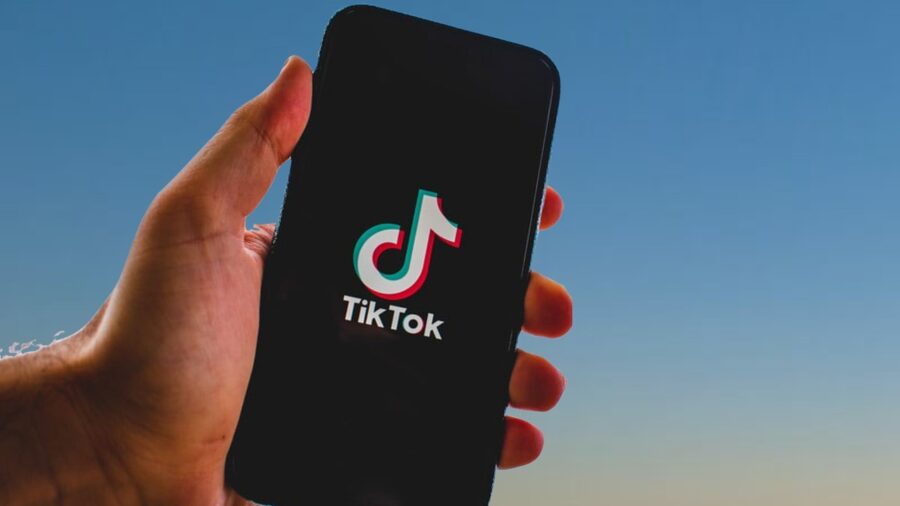Upcoming TikTok Changes Will Make Users Pay, Here’s How
TikTok is going to allow creators to paywall videos and charge per view, in addition to another monetization change that will make it harder for creators.

TikTok is under increasing pressure from the United States government regarding its capabilities as a spying app by the Chinese government. Concerns which only grew after employees used the app to access journalist’s private information. Yet the biggest threat to the incredibly popular app may just be an inability to grow any bigger and retain users, prompting massive changes to monetize existing users.
Reporting from The Verge gives the smallest hint as to the oncoming apocalypse when one of the world’s most popular apps, especially among teens and tweens, introduces pay walls. TikTok’s desperation for cash, now that ads and sponsored postings are considered to be maxed out, will extend to allowing creators to charge a certain amount for anyone to view a video. Other social media sites, including Instagram, have similar options with the ability to set subscriber-only reels and posts, but that was controversial when introduced on a smaller scale.
TikTok’s creators have complained for years that the app pays out very poorly to those that actually drive users to the platform. Zachary Kizer, a spokesperson for the company, is quoted as saying “We’re committed to exploring new ways to create a valuable and rewarding experience for the TikTok creator community.” One of those ways is drastically increasing access to the billion dollar fund for creators, after the barrier for monetization is raised of course.
The new payment fund will require creators to have 100,000 followers and pays out more for longer videos, up to 10 minutes in length. While technically anyone can be a content creator on TikTok this increase for monetization will immediately freeze out a sizable portion of the current creator community. As it stands, some of the most successful accounts admit that they receive nothing from the company and get all of their funds from either day jobs or other websites, like Twitch and YouTube.

So in addition to raising the monetization bar, TikTok will let creators keep a portion of whatever they charge for access to a video. At the moment there are no mentions of plans for a subscription model and instead viewers will have to pay per blocked video. All of this effort to wring more money from the userbase comes as the app’s meteoric rise is starting to trend downwards, through government regulation and increased efforts from their competitors.
YouTube, owned by Google, has already adjusted the revenue split with creators to be 55/45, in favor of video creators. In addition, the TikTok-like YouTube Shorts now count for accounts to become monetized. Finally, and a huge move by the company for those that remember the 2010’s, licensed music can now be used on monetized videos.
Not only is YouTube looking to bite into TikTok’s user base, but Instagram, owned by Facebook parent company Meta, has been actively improving their own “Reels.” Like TikTok videos, reels are short videos with their own feed on the app, continuing the trend of other companies seeing what the Chinese-owned app has been doing and trying to do it better.
Whether or not TikTok’s latest moves prove to be successful is unknown, but once paywalls are put in place, expect news stories about kids racking up hundreds of dollars on their parent’s credit cards.












